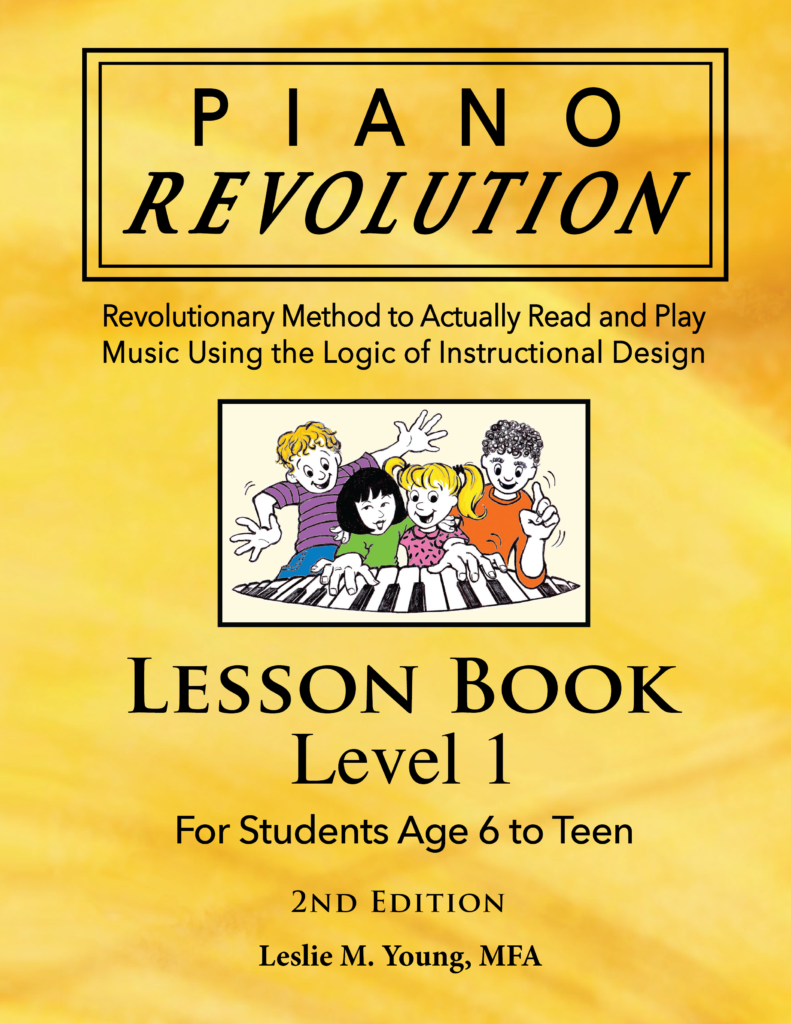Surprising Reason Why Treble and Bass are Not Alike – Why the Different Names?

What’s in a name? There’s records of a baby born in 1379 in West Riding, Yorkshire, UK. Her first name was Diot – a version of Dionisia, which was a popular name then that evolved into our modern Denise. The family surname Coke started out as Cook and just got changed over the years.
So…..this girl’s name was Diot Coke!
Why do the treble and bass have different staff letter names?
At a first look for a beginner student it probably doesn’t make sense that the letter names are different for the lines and space for each hand/each clef, the treble and bass. Beginners often ask why they have to learn a different order of letters for each hand.
It’s logical to ask such questions. Each staff has five lines and four spaces, and they look identical except for the treble clef and bass clef signs.
But if you look at the big picture, you’ll come to really appreciate that you have two to read – and NOT one huge staff with eleven lines!
Remember that each key of the piano has a letter name. However, there are only seven letter names used, and then they are repeated: A B C D E F G
Why Use Letters and Lines and Spaces for Treble
and Bass?
Each treble and bass staff line or space represents a specific key on the piano, with its own letter name. Let that sink in! To show all of the piano keys represented on paper, there would have to be a total of 52 lines and spaces – a monster staff!
Here is an illustration of just the middle section of a piano keyboard showing each white key aligned with its corresponding staff line or space, treble and bass:
Back to the original question: Why are the staff letters different for the treble and the bass (the right and the left hands)?
Each piano key has its own letter name.
You see how the letters are in musical alphabet order (ABCDEFG) – on the piano and on the staff – beginning with the bass staff lowest line G, and continuing up to the right until stopping at the highest treble staff line F.
Some time around the year 1200 A.D. was when the original huge staff was divided. After that, each hand could more easily be read and play more complex written music. We’ll discuss later how the modern treble and bass clef signs developed, but for now you see the right hand’s treble clef at the top – and the left hand’s bass clef at the bottom – and together both make the ‘grand staff’.
The Grand Staff: Treble and Bass Together
To separate the treble and bass staves, a blank area is shown between them. It’s not empty, however. This area is for space B, line Middle C, and space D. They are called ledger line and spaces because they are not part of the five-line, four-space staff itself.
Between Treble and Bass are the Invisible
Middle C, B and D
Middle C is written on a short line parallel to the staff lines – but only when it is to be played. Otherwise, that C line is ‘invisible’. This is helpful to the performer because now the staves are separate, with only a five-line staff for each hand.
Splitting all the lines and spaces into the grand staff is, yes, much easier to read. But it also creates a different section of letters for each clef. Remember, ledger B, C, and D are only visible when they are to be played, so they are invisible to the order of the letters. Top bass line A visually “jumps” to bottom treble line E.
Yes, each staff has five lines and four spaces, but they each have a different portion of letter names. And now you know why!
Want to Teach Yourself?
Want to teach yourself or your child piano? Want to hit keys on a piano or actually read and play piano music that’s written? Open the link to read how PIANO Revolution is a proven choice to successfully read and play piano music!
What Would the First Lesson for a Young Student Look Like?
What Would the First Lesson for a 6 to Teen Look Like (video)?
View sample pages of all the books for students
ages 6 to teen:
View sample pages of all the books for students
4 to 5 years old:
View sample pages of all the books for older
teens and adults:
View the books on Amazon:

About the Author, Composer,
Illustrator, Educator, and
Eternal Optimist
Leslie Young is the author/composer/illustrator of the PIANO Revolution method books (originally titled as the Revolutionary Piano Method). She co-founded a K-12th grade charter school in Texas and has been a piano teacher for over 40 years. She has had experience teaching a variety of students tackling piano for the first time or as returning students.
Young believes that “learning to play the piano is more about diligence and perseverance” – but would add that just as critical to success is the method that is used, the pattern of critical thinking, and the instructional principles that promote immediate success.
She states: “In teaching piano to students of varying ages, what also varies is a commitment of time and the amount of dedication. Children of certain ages may do very well with a parent as teacher; others may need someone who is not family to instruct them. Some older children and adults prefer to make progress on their own, and this method is designed to act as a meticulous guide through new material. Some adults and teens insist on professional teachers, which also encourages continuity. Because these books are self-explanatory, a new or experienced professional teacher will have no trouble using the PIANO Revolution method with students. It’s an easy and effective way to learn piano.”
This content will be of most interest to:
- Parents who homeschool
- Professional piano instructors
- Individuals desiring piano books for beginners
- Educators of Instructional Design for piano
- Adults desiring a self-teaching piano book
- Parents wondering the best age to start piano lessons for a child













